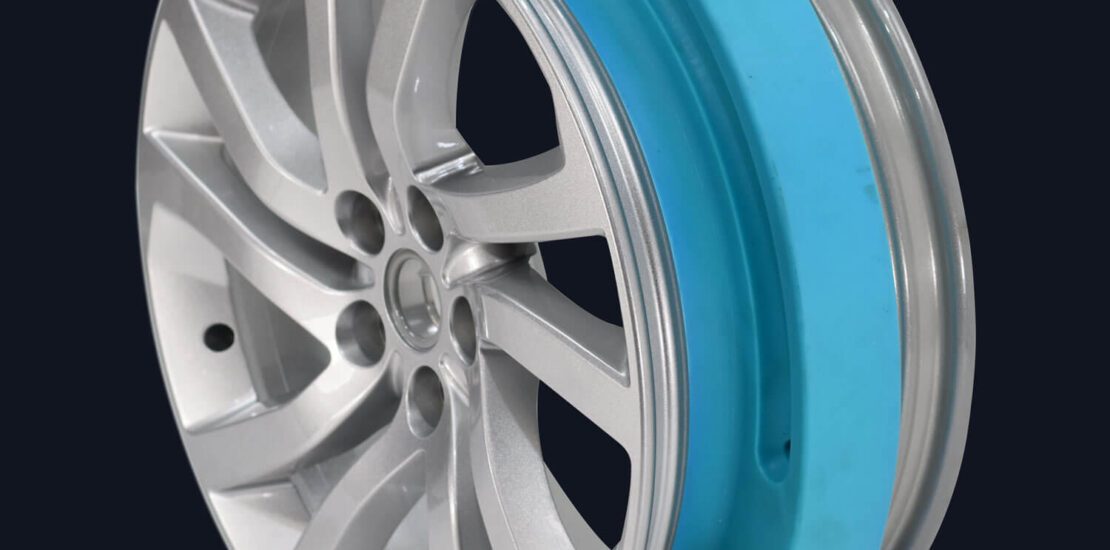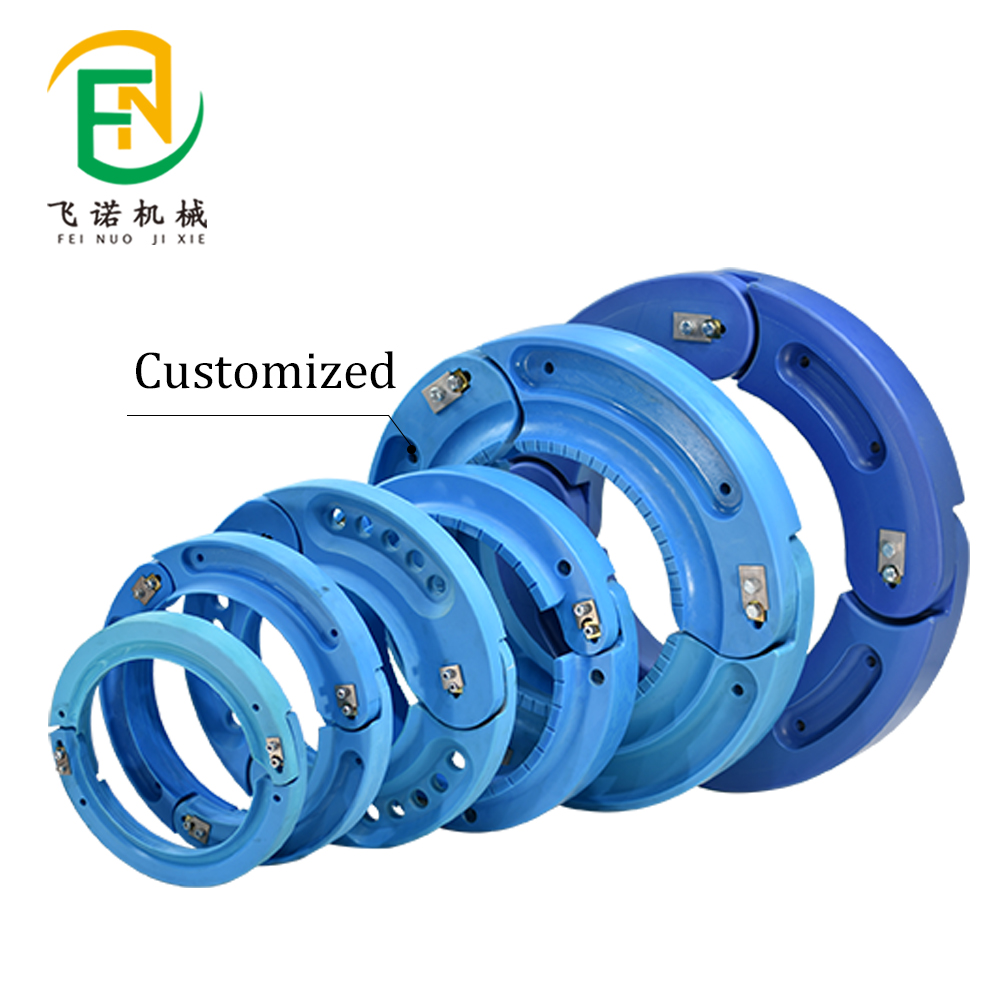- May 15, 2025
- Posted by: feinuojixie
- Category: Injection Molding News


Imagine cruising down the highway when suddenly you hear that dreaded thump-thump—your tire is flat. Traditionally, this means pulling over immediately, fumbling with a jack, or calling roadside assistance. But what if you could keep driving safely for miles until you reach a garage? That’s exactly what a run flat insert enables. In today’s world of smarter, safer mobility, more drivers are turning to this innovative solution to stay in control when tire trouble strikes. A run flat insert provides an extra layer of protection and performance, making it an essential upgrade for anyone who prioritizes reliability on the road. This guide will walk you through everything you need to know before making the smart move.
What Is a Run Flat Insert and How Does It Work?
A run flat insert is an internal support ring installed inside a standard pneumatic tire. Its main function is to carry the weight of the vehicle when the tire loses air due to a puncture or blowout. Unlike traditional run flat tire systems that require specialized tire construction, a run flat insert works with regular tires, making it a flexible and cost-effective upgrade. When air pressure drops to zero, the insert prevents the tire from collapsing entirely, allowing the driver to maintain control and travel a limited distance—usually around 50 to 100 kilometers—at reduced speeds. This can be the difference between being stranded on a remote road or reaching safety without stress.


The Key Benefits of Installing a Run Flat Insert
Installing a run flat insert can transform your driving experience in several ways. First and foremost, it enhances safety by preventing sudden loss of vehicle control after a tire puncture. Secondly, it reduces the risk and inconvenience of having to change a tire on the roadside, especially in dangerous or remote areas. Additionally, run flat insert gives you time to get to a service station without damaging your rim or suspension. For commercial drivers and fleet operators, this means less downtime and more reliability. Beyond safety and convenience, there’s also the long-term cost saving: avoiding tow trucks, emergency tire replacements, and lost time on the road.
Run Flat Insert vs. Run Flat Tire: What’s the Difference?
While both technologies aim to keep your vehicle moving after a tire deflates, they differ in construction and application. A run flat tire is specially engineered with reinforced sidewalls and often requires a compatible rim and tire pressure monitoring system. It must be replaced entirely if damaged. On the other hand, a run flat insert is a separate component added to a standard tire, making it more flexible and reusable. This makes the insert ideal for those who want enhanced safety without being locked into costly or brand-specific tire systems. Plus, inserts are often more accessible for aftermarket upgrades.
How to Choose the Right Run Flat Insert for Your Vehicle
Selecting the right run flat insert depends on a few key factors. Start by identifying your tire size, which can usually be found on the sidewall of your tire. Next, consider the weight and load capacity of your vehicle; different inserts are designed to handle different stress levels. Your driving habits also matter—do you often travel off-road, drive long distances, or operate in extreme climates? These conditions might require a more rugged or high-performance insert. Lastly, make sure the insert is compatible with your specific wheel and tire combination, and choose products from reputable manufacturers with strong reviews and certifications.
Can You Install Run Flat Insert Yourself? A Look at the Process
While some experienced car enthusiasts may attempt to install a run flat insert at home, it’s generally recommended to leave the job to professionals. The process involves dismounting the tire from the rim, placing the insert precisely inside the tire cavity, and then remounting and balancing the tire. Specialized tools and knowledge are required to ensure proper fitment and function. Incorrect installation can lead to poor performance or even safety risks. If you’re unsure, most tire service centers with experience in off-road or armored vehicles are equipped to install run flat insert quickly and correctly.
How Durable Is a Run Flat Insert? Understanding Lifespan and Maintenance
Run flat insert is engineered for durability, often using military-grade materials like high-density polymer or aircraft-grade rubber. Under normal driving conditions, a high-quality insert can last several years and multiple puncture events. However, its longevity depends on usage patterns, road conditions, and maintenance. Regular tire inspections are crucial—make sure the insert hasn’t shifted, worn down, or degraded over time. Unlike a tire that shows visible wear, a run flat insert requires more intentional checks, often during tire rotations or replacements. When well-maintained, this product offers reliable performance far beyond a single emergency.
Top Myths About Run Flat Insert Debunked
One common myth is that run flat insert creates a rough ride. In truth, when properly installed, most drivers won’t even notice it’s there during normal operation. Another misconception is that it’s only for military or luxury vehicles—when in fact, inserts are increasingly used in everyday cars, delivery trucks, and even motorcycles. People also believe it’s expensive, but compared to replacing run flat tire systems or calling for roadside assistance, the investment pays off quickly. Finally, some think it limits tire speed or performance, but most modern inserts are designed to meet or exceed standard safety ratings.
Who Needs a Run Flat Insert the Most? Ideal Use Cases and Scenarios
Run flat insert is especially valuable for drivers in remote or high-risk areas where tire failure could leave them stranded. Off-roaders and adventure travelers rely on it to keep moving in rough terrain. Delivery drivers and logistics companies benefit from reduced delays and improved vehicle uptime. Law enforcement and emergency services use it for mission-critical reliability. Even everyday commuters gain peace of mind knowing a puncture won’t derail their schedule. Essentially, anyone who values safety, time, and mobility stands to benefit from this technology.


Where to Buy a Reliable Run Flat Insert: Tips Before You Shop
Not all run flat insert are created equal. Before purchasing, do thorough research. Look for brands that provide detailed specifications, certifications, and independent test results. Read customer reviews to see how the insert performs in real-world scenarios. Avoid overly cheap products that may lack quality assurance. Choose vendors that offer clear return policies and installation support. Many top-tier tire shops now carry high-quality run flat insert, and online retailers often provide a broader selection. Just be sure the product matches your tire specifications exactly.
Make the Smart Move With a Run Flat Insert
A flat tire doesn’t have to be a crisis. With the right run flat insert, you can keep moving safely, confidently, and without interruption. It’s a small upgrade with a huge payoff—improved safety, less downtime, and a smarter, more resilient vehicle. Whether you’re a road trip enthusiast, a professional driver, or just someone who values peace of mind, investing in a run flat insert is one of the most practical decisions you can make. Don’t wait for the next flat to leave you stranded—upgrade your tires smartly and drive prepared.
